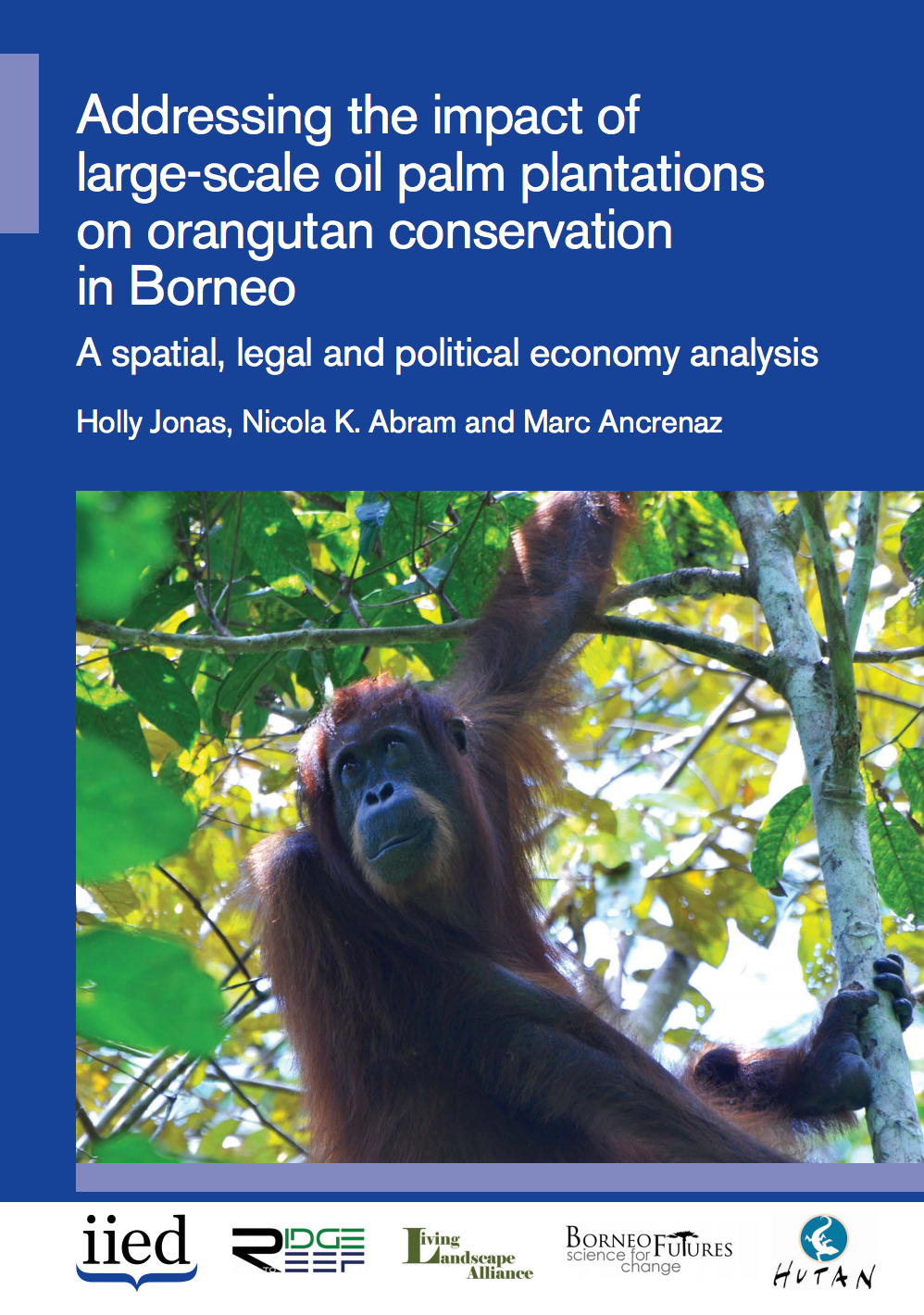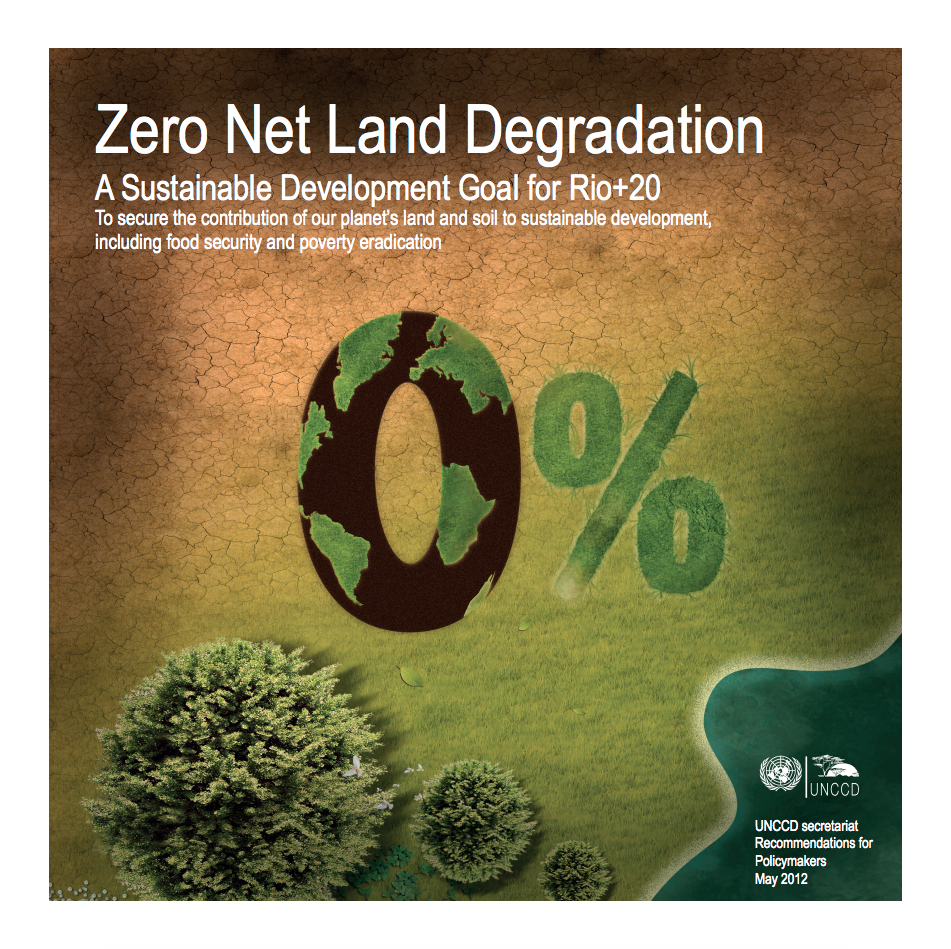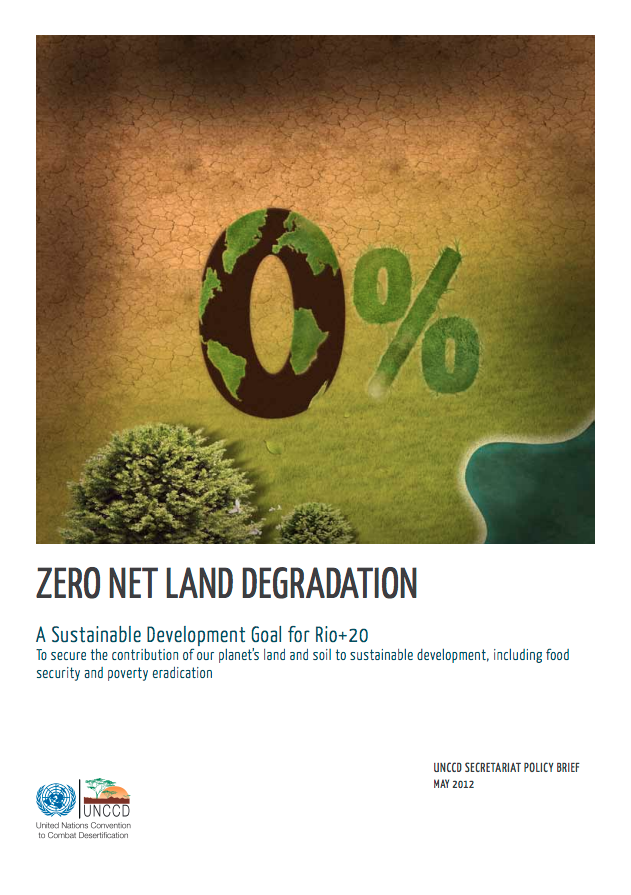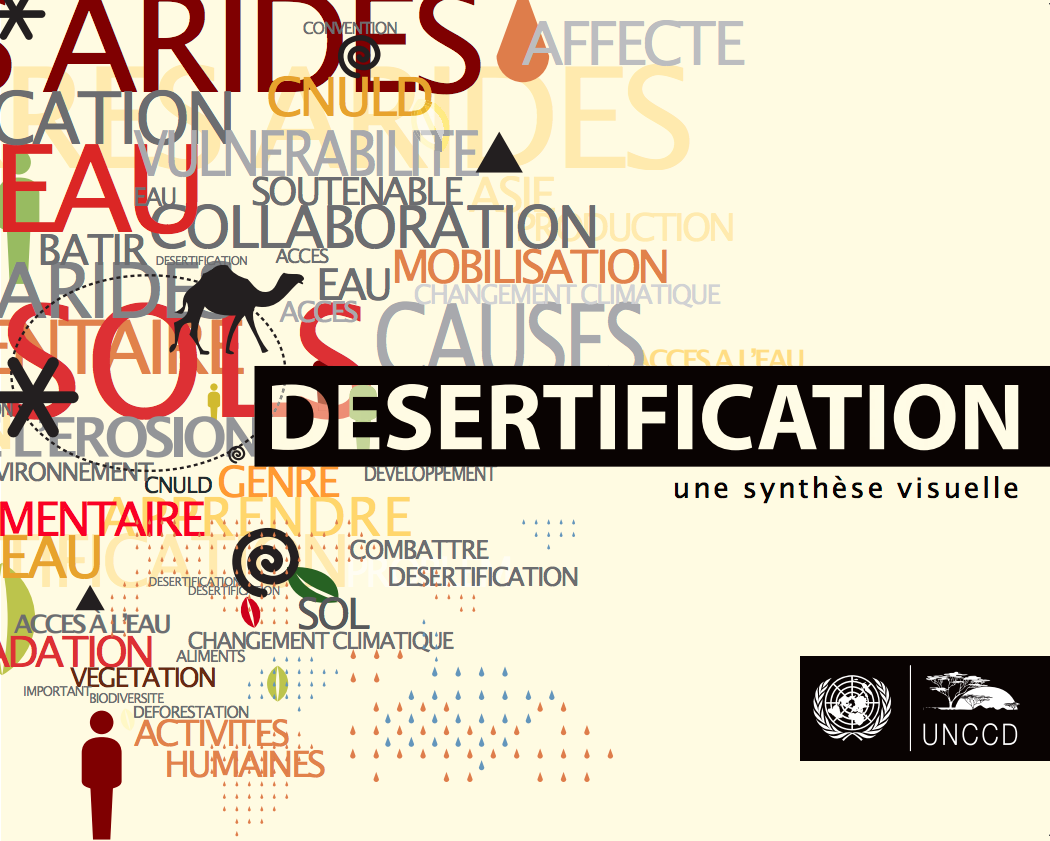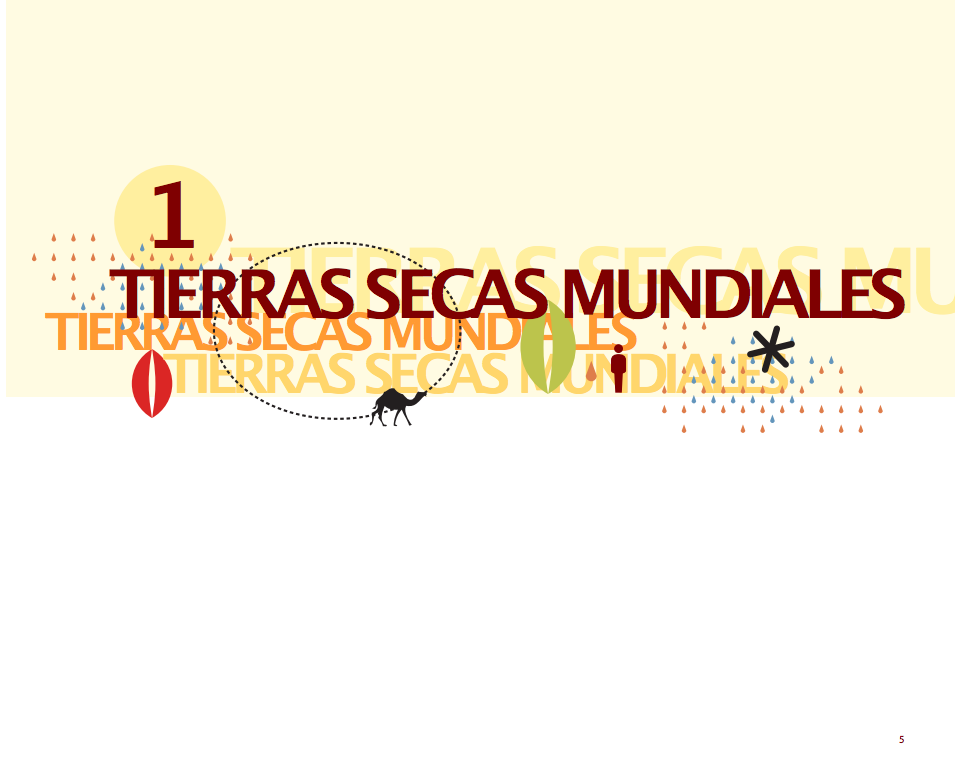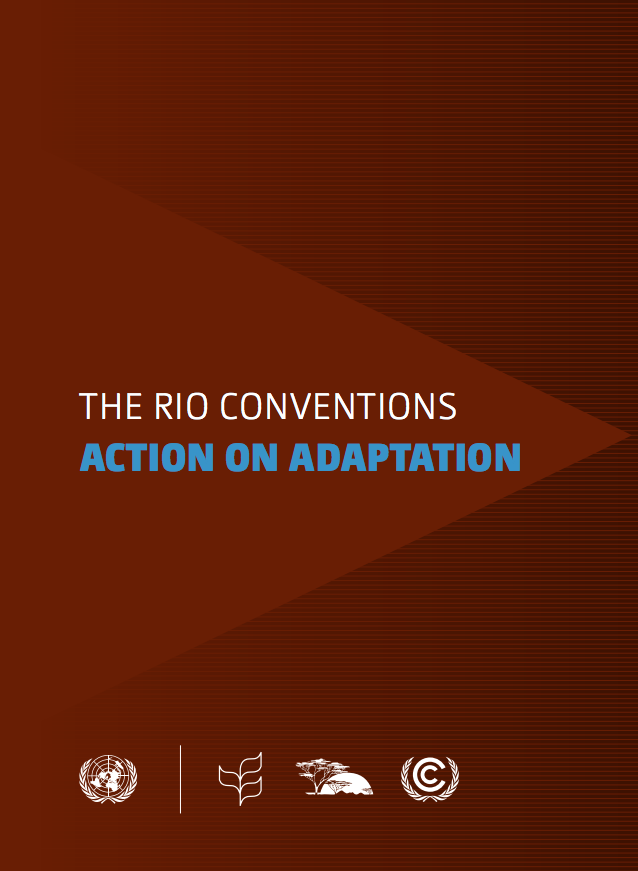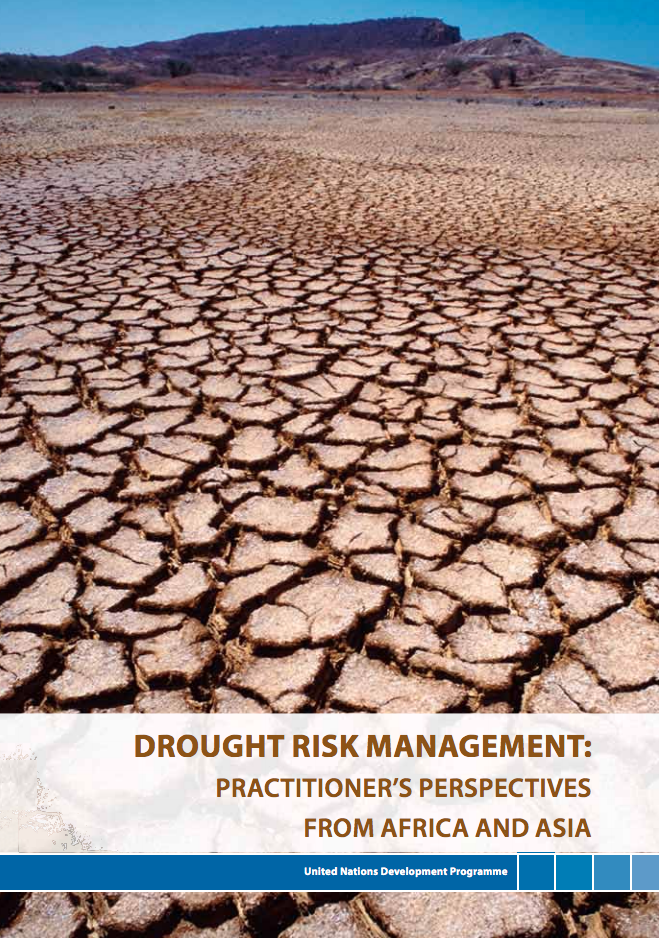Declines in Common, Widespread Butterflies in a Landscape under Intense Human Use
Analyses of species' population losses typically show a dichotomy between strongly affected, rare, and localized species and apparently unaffected, common, and widespread species. We analyzed 16 years (1992-2007) of butterfly transect count data from The Netherlands in a reevaluation of the trends of common, widespread species. Fifty-five percent (11 of 20 species) of these species suffered severe declines in distribution and abundance. Overall, cumulative butterfly abundance declined by around 30%.


